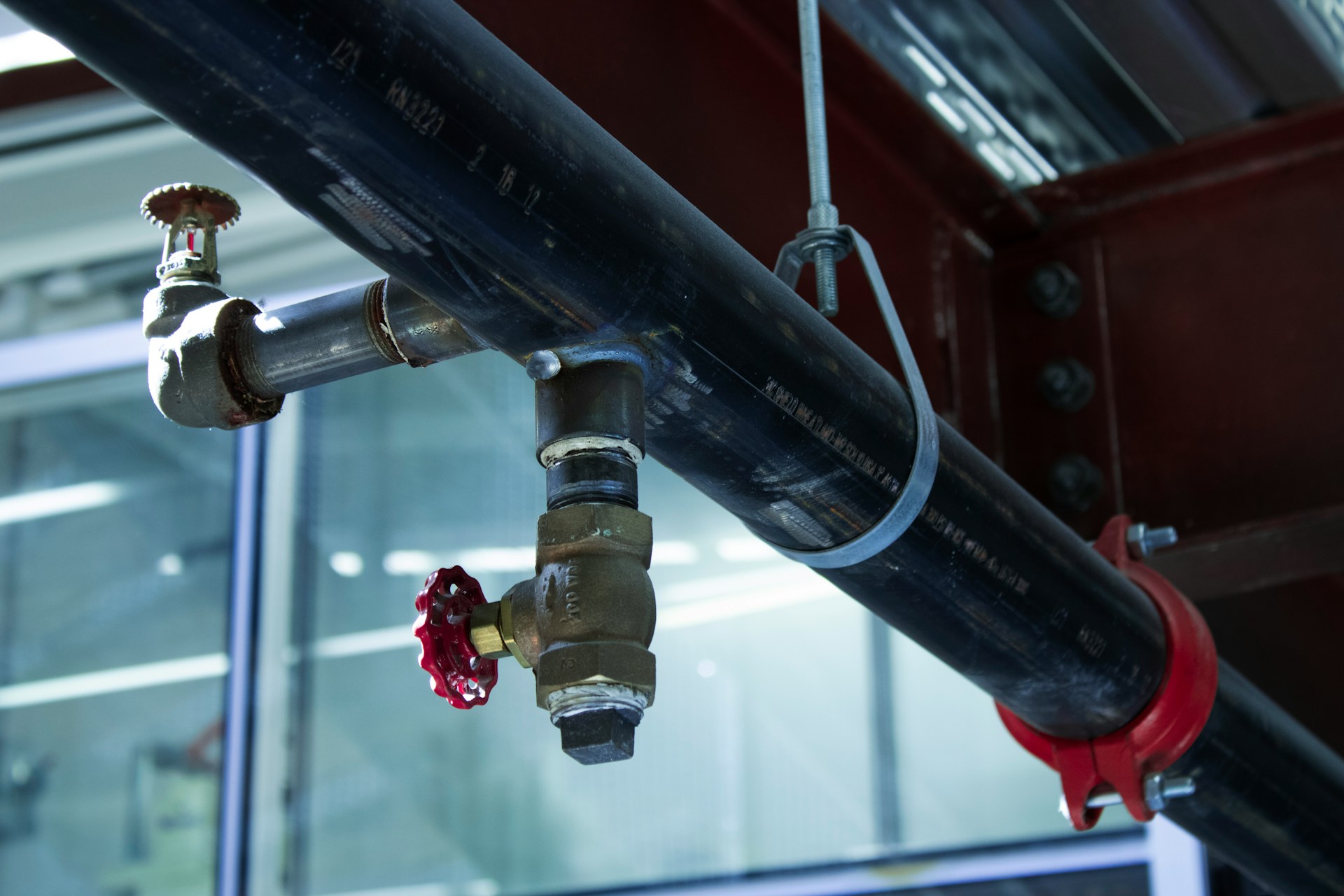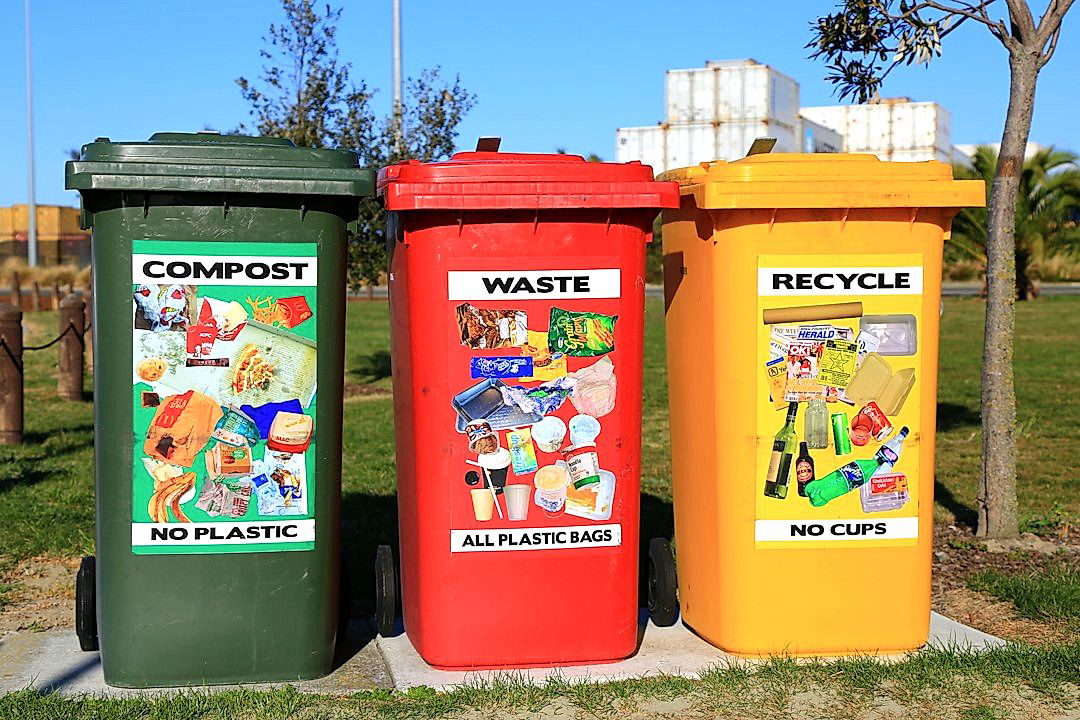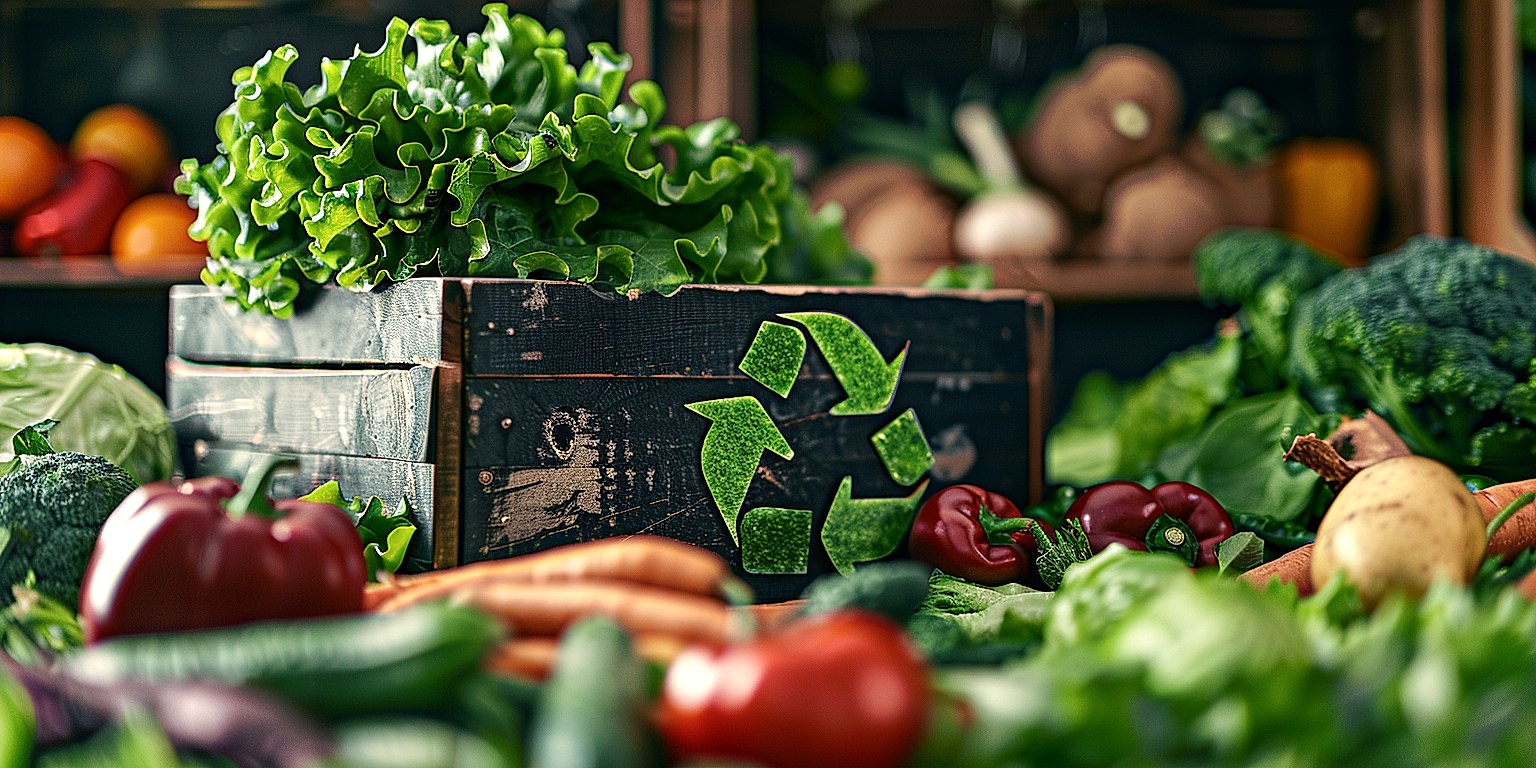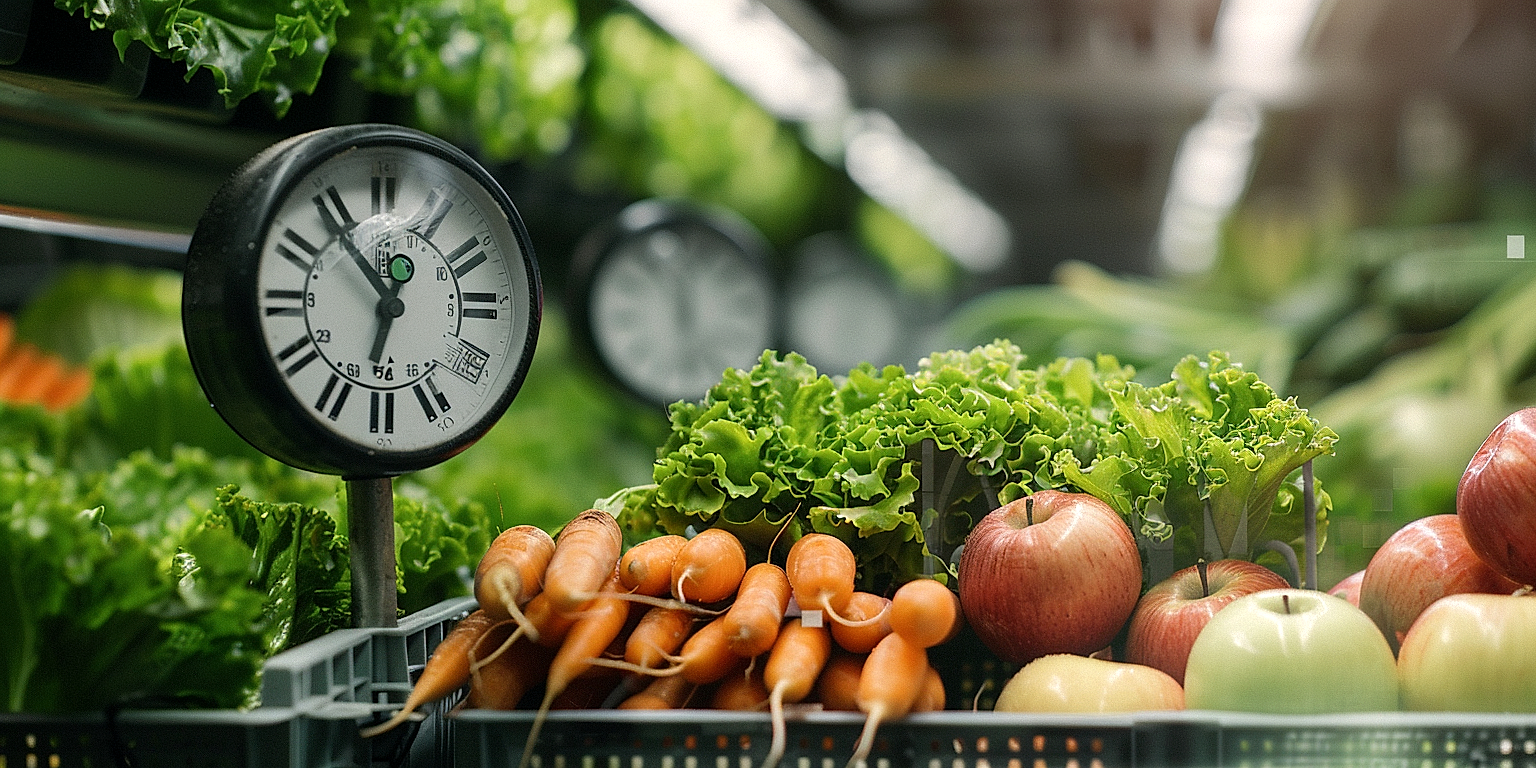Effectively managing waste water has become a significant challenge in the produce processing industry.
Despite regulations aimed at mitigating pollution, there remains a host of obstacles.
These can pose environmental risks and lead to substantial fines for non-compliance.
This article will discuss novel and pragmatic strategies for waste water management.
It will address common problems encountered by manufacturers while suggesting economically viable remedies.
Let’s delve into this crucial topic for the food industry.
Contents
- Solutions For Waste Water Management In Produce Processing
- 1. Regular inspection and maintenance of equipment
- 2. Reusing wastewater for irrigation purposes.
- 3. On-site Waste Water Treatment Facilities
- 4. Implement Water-Efficient Cleaning Methods
- 5. Use of Biodegradable Detergents
- 6. Separate solid wastes from wastewater.
- 7. Implement Eco-Friendly Disinfection Methods
- The Bottom Line
Solutions For Waste Water Management In Produce Processing
1. Regular inspection and maintenance of equipment
First and foremost, to effectively manage waste water in produce processing, it is essential to engage in regular inspection and maintenance of the processing equipment.
Processing equipment, like machines that wash and prepare fruits and vegetables, often use vast amounts of water, and ineffective or inefficient equipment may inadvertently lead to wastage or contamination of valuable water sources.
Regular inspections can help to identify issues early and prevent major problems further down the line, minimizing water wastage.
This could involve attending to minor repairs promptly, conducting performance tests, and replacing faulty components as a part of routine upkeep of the equipment.
Timely maintenance, on the other hand, can extend the life span of the machines, ensure optimal performance, maintaining their water efficiency, and avert malfunctions that could lead to an uncontrolled release of water, or worse, wastewater.
Many companies prioritize equipment maintenance and inspections because it ultimately saves valuable resources both in terms of costs and water reserves.
Investing in regular maintenance might be initially expensive, but it is far more cost-effective in the long run, preventing costly damage and wastage of water.
Maintenance schedules should be carefully planned not to interfere with production schedules, ensuring there is no interruption in the operations, which can lead to product waste.
Periodic inspections and maintenance can help to keep water systems running effectively, efficiently, and responsibly, preserving the most valuable resource- water.
With regular monitoring, wearing and tearing of equipment can be detected early, allowing for quick intervention and prevention of water wastage.
This not only ensures that the machines are operating at peak efficiency but also plays a crucial role in maintaining the quality of the produce processed.
Moreover, regular inspection and maintenance can prevent leakages in pipelines and other components, curbing the unnecessary loss of water, maintaining the uprightness of the wastewater management system.
This level of vigilance also promotes the overall safety of the workplace, potentially avoiding accidents from leaks or malfunctions which might, in turn, lead to significant fines or penalties for violation of environmental regulations.
We also should take into account that water-contaminated equipment could spoil the produce, culminating in additional losses for the processing company.
The inspection team should be trained thoroughly and well-equipped with the necessary resources, ensuring the reliability of the maintenance procedures.
Another beneficial outcome of regular inspections and maintenance is that it helps to identify inefficient equipment that could be replaced with modern, water-efficient models.
2. Reusing wastewater for irrigation purposes.
One practical and efficient solution for wastewater management in produce processing is the reuse of wastewater for irrigation purposes.
Most agricultural landscapes demand a significant amount of water for cultivation, resulting in great pressure on freshwater resources.
Reusing treated wastewater can ease this pressure, providing a reliable irrigation supply while significantly reducing freshwater extraction.
Moreover, this approach offers added nutrients to the crops from the organic remnants in the wastewater.
The practicality of this approach depends on the degree of wastewater treatment available in the facility.
Wastewater destined for irrigation requires different levels of treatment compared to the water meant for human consumption, primarily depending on the produce in question and its intended use.
The important factor here is to achieve the necessary degree of treatment that guarantees safe reuse of water for irrigation.
Before implementing this system, the produce processing facility needs to consider the economic viability and the environmental impacts of the treatment process.
In the long term, this integrated approach to water management will prove to be highly effective, provided it is done in a controlled and safe manner.
The wastewater must meet certain health and safety standards to ensure that it does not contaminate the crops or pose any other risk.
About implementing this solution, it’s important to also take in consideration the potential public perception.
It is necessary to ensure all the stakeholders understand that, despite the use of treated wastewater, the produce stays safe to consume.
Moreover, this initiative could significantly reduce a facility’s operating costs as wastewater itself becomes a resource rather than a disposal problem.
Notably, this approach is in line with the broader objective of developing a circular economy that optimizes the use of resources.
Nonetheless, the farming practices need to be adaptable to this system.
This wastewater reuse system could bring about a revolution in achieving sustainable water management in produce processing.
3. On-site Waste Water Treatment Facilities
The use of on-site wastewater treatment facilities is an effective solution in managing wastewater generated from produce processing operations.
These facilities are designed to handle, treat, and dispose of wastewater in a sustainable and eco-friendly manner.
They typically include physical, chemical, and biological processes to remove contaminants from wastewater before discharging it to the environment or reusing it within the facility.
This not only helps to protect the environment but also offers opportunities for water and cost savings.
The choice of the specific treatment processes in these facilities hugely depends on the nature and amount of contaminants present in the wastewater.
These contaminants often vary with the type of produce being processed and the specific processes used in its preparation.
As such, these facilities are often custom-designed for each processing operation to ensure their efficiency and effectiveness.
In practice, the treatment process typically starts with a preliminary treatment stage where large solid wastes are removed from the wastewater.
An integral part of the treatment process is the secondary stage, where organic compounds are broken down through biological processes involving bacteria and other microorganisms.
Following this, there is usually a tertiary treatment stage where remaining contaminants, such as nutrients and pathogens, are further removed to ensure the treated water is safe for reuse or discharge.
One of the main advantages of having an on-site wastewater treatment facility is the potential for water reuse within the processing operation.
For instance, treated water can be used for irrigation, cleaning processes, and other non-potable uses, thereby reducing the overall water demand and associated costs.
This is even more critical in regions where water resources are scarce, and conservation efforts are given utmost priority.
It is worth noting that the initial setup cost for these facilities might be high, but with proper management and maintenance, they promise significant returns in the long term.
Moreover, there are also potential savings that can be realised from the avoidance of fines and penalties associated with non-compliant wastewater discharges.
Overall, on-site wastewater treatment facilities present a comprehensive and holistic approach to wastewater management in produce processing operations.
4. Implement Water-Efficient Cleaning Methods
The first step in implementing water-efficient cleaning methods involves understanding that a large percentage of water used in produce processing goes towards cleaning.
Often, traditional cleaning methods are not only wasteful but can also negatively impact water quality, with runoff carrying potentially harmful chemicals into water supplies.
Adopting water-efficient cleaning methods is one of the significant ways to reduce water usage and pollution in the produce processing sector.
One method to do this is by using high-pressure, low-volume cleaning systems.
These clean more effectively than conventional methods and use significantly less water.
Another option is to transition to dry cleaning methods using air pressure and vacuum systems, which eliminate the need for water altogether.
Cleaning detergents also play an essential role in water efficiency.
By opting for detergents that work at lower temperatures, less energy and water are required for heating, leading to a reduction in water usage.
In addition to these methods, it’s also crucial to ensure all cleaning systems are in good working condition to prevent excess water wastage due to leaks or inefficiencies in the system.
Complex cleaning procedures can sometimes lead to spillage and wastage of water.
Therefore, companies should consider simplifying their cleaning processes whenever possible to minimize unnecessary water use.
Moreover, the efficient cleaning method goes beyond the equipment and systems in use.
Staff training is equally vital to ensure that all employees are aware of the importance of water conservation and efficiency techniques and apply them during their workday.
Through these methods, produce processing companies can substantially reduce their water footprint, leading to sustainability and substantial cost savings in the long run.
However, each produce processing facility is unique and requires a customized approach to maximize its water-efficiency.
It’s important to conduct a thorough review of all cleaning procedures and systems in place to identify potential improvements to reduce water usage.
While it may involve an initial investment, the long-term benefits of water-efficient cleaning methods in terms of cost savings, sustainability, and environmental responsibility can be substantial.
Therefore, implementing water-efficient cleaning methods should be a priority for any produce processing company that wants to contribute to sustainable waste water management.
5. Use of Biodegradable Detergents
Biodegradable detergents are a significant aspect of waste water management in produce processing.
They are environmentally safe and can significantly reduce the contamination levels in wastewater.
These detergents are designed to break down naturally in the environment, thus they do not contribute to water pollution.
By switching to biodegradable detergents, companies can significantly reduce their environmental impact while maintaining effective cleaning results.
One of the primary features of these detergents is that they are free from phosphate, a substance that has harmful effects on water bodies when released in large quantities.
Excessive phosphate in wastewater can lead to eutrophication, a serious environmental problem characterized by excessive plant growth and decay in water bodies.
The use of biodegradable detergents can thus help in controlling this issue.
Aside from their environmental benefits, these products also benefit the soil when wastewater is reused for irrigation.
The residue from biodegradable detergents can work as a soil conditioner, enhancing the nutrient content and structure of the soil.
Many manufacturers offer a wide range of biodegradable detergents suitable for various types of cleaning in produce processing.
It’s important to choose a detergent that will be most effective for the specific type of cleaning required and the type of produce being processed.
However, it should be noted that while biodegradable detergents are a big step towards sustainable water management, they should be used responsibly and in moderation.
Overuse of detergents can still lead to water quality degradation even if the detergents are biodegradable.
A combination of responsible use of biodegradable detergents and regular treatment of wastewater can yield the best results for waste water management in produce processing.
Thus, the use of biodegradable detergents is not just about compliance with regulations, but also about taking a proactive role in the stewardship of our planet’s precious water resources.
6. Separate solid wastes from wastewater.
The process of separating solid wastes from wastewater is a critical step in waste water management, especially in produce processing industries.
This procedure typically involves the utilization of physical separation methods that effectively remove solid particles from the wastewater, thus reducing its overall mass and volume.
Thus, efficient solid waste separation not only does it lead to cleaner wastewater but also reduces the pressure on downstream processes in waste water treatment.
Initial solid waste separation often involves the use of screens and filters that can efficiently segregate solid wastes of varying sizes.
These installations can be designed and incorporated into the industrial setting in ways that can easily accommodate the nature and volume of wastewater generated.
Separation of solid wastes also helps in minimizing water pollution as it prevents harmful substances embedded within solid wastes from seeping into the water systems.
Furthermore, solid wastes, once separated, can also be subjected to further processing like composting and recycling that can contribute towards effective waste management practices.
Emerging technologies are making strides in making solid waste separation more efficient, such as the use of centrifuges and membranes.
These technologies, through applying forces such as pressure and rotational speed, can separate finer solid particles which conventional methods might fail to capture.
It should be noted that, the process of solid waste separation must be regularly monitored and controlled to ensure its full potential is harnessed.
Regular maintenance and cleaning of screens, filters and other equipment used are also crucial to maintain their performance.
In a nutshell, the separation of solid waste from wastewater presents twofold benefits – it tightens the recycling loop and reduces the burden on our water bodies.
It is therefore crucial for industries not only to implement but constantly look for areas of improvement in this waste management strategy.
Note that while separating solid wastes from the wastewater helps in improving the quality of the treated water, it is not a standalone solution and should ideally be done in tandem with other wastewater management strategies.
As such, it is safe to say that the separation of solid wastes from wastewater forms a significant part of waste water management practices in produce processing industries.
And as industries strive for sustainable growth, this procedure is set to undergo continuous innovation and evolution, reflecting the dynamic nature of the environmental protection domain.
7. Implement Eco-Friendly Disinfection Methods
In the context of waste water management in produce processing, understanding and implementing eco-friendly disinfection methods can be key to a sustainable operation.
To begin with, eco-friendly disinfection methods are those that aim to eliminate harmful contaminants from waste water without causing detrimental effects to the environment.
These methods could involve advanced technologies such as ultraviolet (UV) light, ozone disinfection, or electrochemical disinfection.
Underpinning these technologies is the principle of utilizing natural or non-toxic processes to achieve effective disinfection.
For instance, UV light disinfection involves using UV radiation to neutralize microorganisms in water without the need for potentially harmful chemicals.
The advantages of UV light include its efficiency, its lack of physical or chemical impact on water, and the fact that certain pathogens are resistant to chlorine, one of the most widely used disinfectants, but not to UV light.
Meanwhile, ozone disinfection involves infusing ozone gas into wastewater.
Ozone, which is more potent as a disinfectant than chlorine, can destroy a wide range of harmful microorganisms and decomposes into harmless oxygen molecules after use.
A more novel but promising eco-friendly disinfection method is electrochemical disinfection.
This method involves passing an electric current through wastewater, which can kill or neutralize a wide range of microorganisms.
The benefits of electrochemical disinfection include its low energy requirement, lack of reliance on chemicals, and ability to achieve disinfection without by-products that could harm the environment.
However, it is important to note that the successful implementation of these eco-friendly disinfection methods requires careful planning and the appropriate infrastructure.
Moreover, their application may not be suitable in all contexts, and it is often necessary to use them in combination with other water treatment processes to achieve the desired water quality standards.
Therefore, while the adoption of eco-friendly disinfection methods can be an effective solution for waste water management, it should be pursued in a holistic and informed manner.
The Bottom Line
Adopting eco-friendly practices in waste management and water usage is of critical importance for sustainability.
Regular equipment inspections and maintenance can prevent untimely breakdowns, saving resources.
Reusing wastewater for irrigation and establishing on-site water treatment facilities significantly reduces water wastage.
Implementing water-efficient cleaning methods and use of biodegradable detergents ensures minimal contamination of water bodies.
Further, the practice of separating solid wastes from wastewater gives scope for better waste management.
Lastly, using eco-friendly disinfection methods maintains cleanliness without harming the environment.
These practices are not just beneficial to the environment, but also to businesses as they can lower operational costs and gain positive public perception.
Overall, this sustainable approach promotes environmental conservation while ensuring optimized operations.




